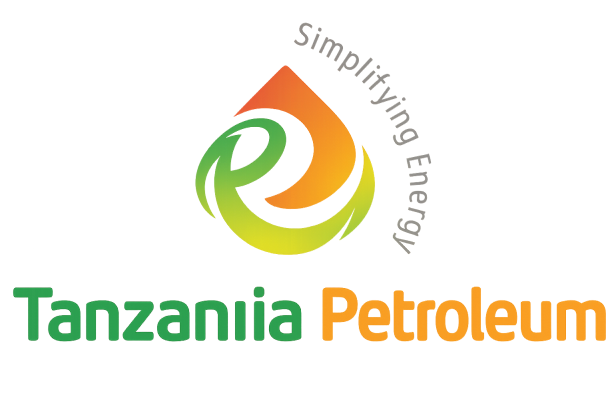 Oil companies in Uganda are in discussions with Tanzania for an alternative pipeline route through Tanga despite a recent agreement between Presidents Yoweri Museveni and Uhuru Kenyatta.
Oil companies in Uganda are in discussions with Tanzania for an alternative pipeline route through Tanga despite a recent agreement between Presidents Yoweri Museveni and Uhuru Kenyatta.
Whereas President Museveni of Uganda and his Kenyan counterpart President Kenyatta sealed a deal that if implemented with see Ugandan oil exported through Kenyan port of Lamu, oil companies believe the Tanga route is cost effective.
The EastAfrican has learnt that besides security concerns, the companies are also uncomfortable with the cost of the Lamu route, arguing that the southern route through Tanzania would be cheaper and offer better commercial terms to the users.
“We are evaluating all viable options and the Tanzania route is one of them,” Total’s corporate affairs manager Ahlem Friga-Noy told The EastAfrican.
Total’s senior vice president for Eastern Africa, Javier Rielo on August 22 met with Tanzania’s President Jakaya Kikwete and discussed the possibility of building a crude oil pipeline from Hoima to Tanga.
President Kikwete supported the proposal as it fits within Tanzania’s ongoing preparatory works to upgrade Tanga port’s capacity to off load petroleum products.
Total E&P, Tullow Oil and China National Offshore Oil Company are equal partners in Uganda’s upstream sector, where 6.5 billion barrels of oil, 1.4 billion of them recoverable, have so far been confirmed.
Sources in the Ugandan government revealed that the Tanga route is also being considered even though the state has no hand in the ongoing discussions led by the oil companies.
A senior Ugandan official said while the country had in principle agreed to the Lamu route as reflected in the MoU that Kenya and Uganda signed during President Kenyatta’s recent visit to the country, the concerns Uganda raised such as the cost and security, mean that the Tanga route could still be explored.
The official added that Uganda would soon commission a feasibility study for the Tanga route, but this would be strictly for benchmarking purposes against alternative routes to the north and determining comparative costs for them.
In the MoU that the two presidents signed affirming the Hoima-Lokichar-Lamu route, it was conditional that Uganda get a low tariff pipeline. Other conditions included Kenya guaranteeing security on its side of the pipeline, quick implementation of the project and mobilisation of the finances, which would be a joint effort.
Although one Ugandan official describes President Museveni’s conditions as just being “precautionary,” the security provision is being seen by the oil companies as likely to push the tariff beyond what alternative routes would offer.
However, Earnest Rubondo, director at Uganda’s Petroleum Exploration and Production Department (PEPD), said all the three possible routes — Lamu, Mombasa and Tanga — are still on the table until conclusive studies are completed.
Last month, the Japanese company Toyota Tsusho, handed to the government a study showing that the Hoima-Lokichar-Lamu routing for the pipeline was more feasible than the alternative — Hoima-Nairobi-Mombasa route.






Comments are closed.